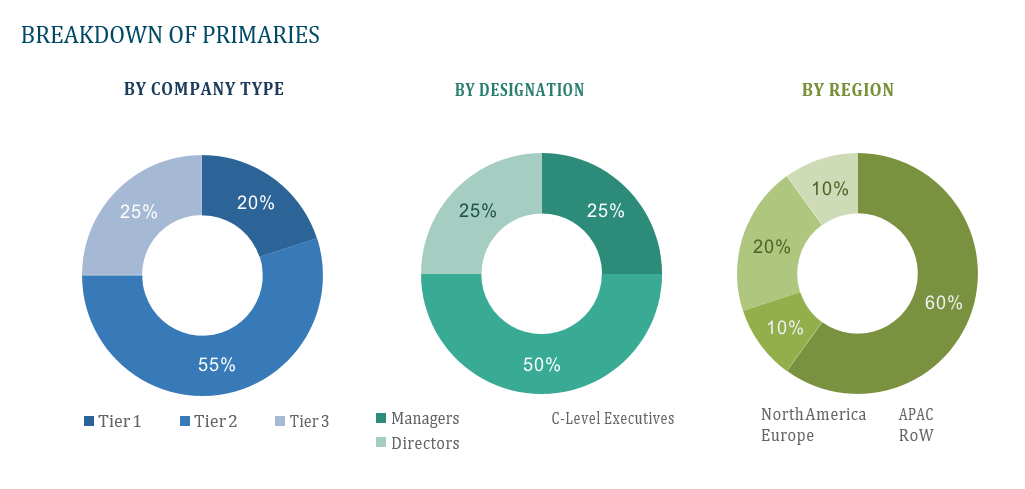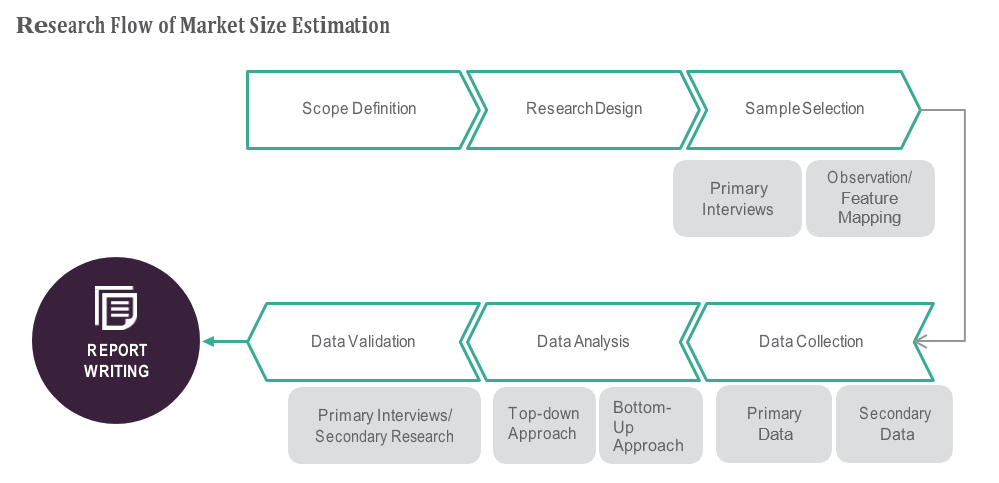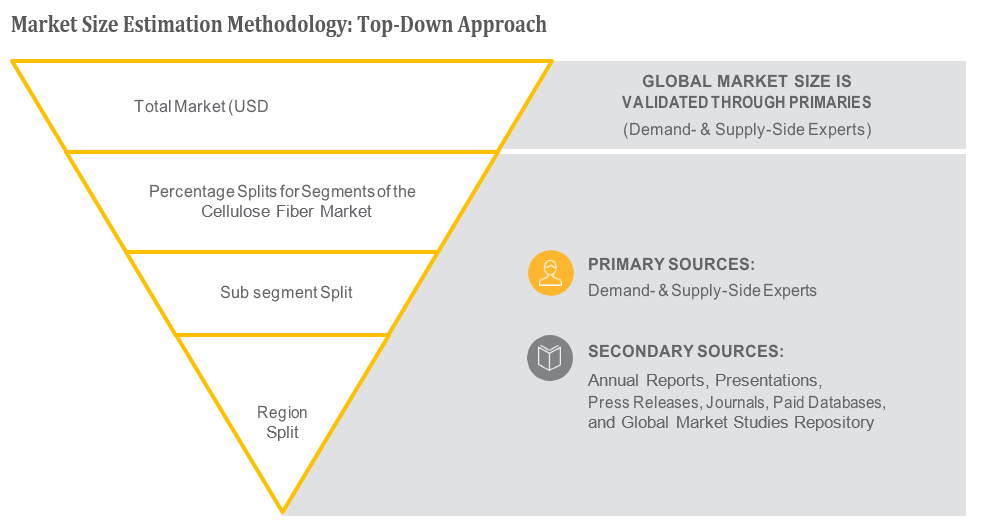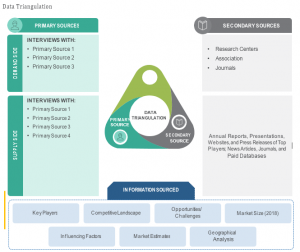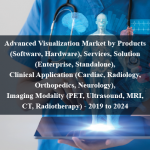OVERVIEW
The Medical Device Contract Manufacturing Market is projected to grow significantly from USD 65.4 billion in 2024 to an estimated USD 105.7 billion by 2029, reflecting a CAGR of 10.1% during the forecast period. Medical device contract manufacturing involves outsourcing the production of medical devices to third-party manufacturers, which offer various services including design, development, manufacturing, and packaging. The market encompasses a wide range of medical devices, from simple surgical instruments to complex diagnostic devices. The increasing demand for medical devices, advancements in manufacturing technologies, and the need for cost-effective production solutions are driving the market’s growth.
The market’s expansion is also supported by rising healthcare expenditure, increased focus on healthcare innovation, and the integration of advanced manufacturing technologies such as automation and 3D printing. However, challenges such as stringent regulatory requirements, high costs of advanced manufacturing technologies, and the complexity of ensuring quality control and compliance need to be addressed to sustain market growth.
Geographically, North America and Europe dominate the medical device contract manufacturing market due to their advanced healthcare infrastructure, significant investments in healthcare, and high adoption rates of innovative manufacturing technologies. The Asia Pacific region is also expected to witness substantial growth, driven by increasing healthcare expenditure, growing demand for medical devices, and the expanding healthcare sector.
Market Dynamics
Drivers:
The primary driver of the Medical Device Contract Manufacturing Market is the increasing demand for medical devices. With the aging population, rising prevalence of chronic diseases, and advancements in medical technology, there is a growing need for a wide range of medical devices. Medical device contract manufacturing offers a cost-effective solution for medical device companies, allowing them to focus on their core competencies such as research and development, while outsourcing the production processes. This approach not only reduces manufacturing costs but also accelerates time-to-market, providing a competitive edge. Additionally, advancements in manufacturing technologies, such as automation, 3D printing, and precision machining, are enhancing the efficiency, accuracy, and scalability of medical device production, contributing to market growth.
Another significant driver is the need for cost-effective production solutions. Medical device companies are under constant pressure to reduce costs while maintaining high-quality standards. Contract manufacturing offers a viable solution by leveraging economies of scale, reducing capital expenditure, and optimizing supply chain management. By partnering with contract manufacturers, medical device companies can access advanced manufacturing facilities, specialized expertise, and regulatory compliance support, enabling them to achieve cost savings and operational efficiency. The integration of advanced manufacturing technologies, such as robotic automation and computer-aided design (CAD), is further enhancing the capabilities of contract manufacturers, enabling them to produce complex and customized medical devices with high precision and consistency. The rising demand for cost-effective production solutions and the continuous advancements in manufacturing technologies are driving the growth of the medical device contract manufacturing market.
Key Opportunities
The Medical Device Contract Manufacturing Market presents numerous opportunities for growth and innovation, particularly in the development and integration of advanced manufacturing technologies. One prominent opportunity lies in the increasing use of automation and robotics in manufacturing processes. Automated systems can enhance the efficiency, accuracy, and consistency of production processes, reducing the risk of human error and improving overall product quality. The integration of automation with traditional manufacturing methods is expected to drive market growth by providing more reliable and efficient production solutions. Additionally, automated systems can facilitate the development of high-throughput manufacturing, enabling the simultaneous production of multiple devices and increasing manufacturing capacity.
The growing focus on expanding the applications of 3D printing in medical device manufacturing presents another lucrative opportunity for the market. 3D printing offers several advantages, including rapid prototyping, customization, and the ability to produce complex geometries that are difficult to achieve with traditional manufacturing methods. The integration of 3D printing with medical device manufacturing is expected to drive market growth by providing innovative solutions for personalized medicine, implants, and prosthetics. Research and development efforts are being conducted to explore the potential of 3D printing for various medical applications, further enhancing the capabilities of contract manufacturers. Vendors that invest in the development of 3D printing technologies and related applications are well-positioned to capitalize on this market trend.
Restraints:
One of the significant restraints in the medical device contract manufacturing market is the high cost of advanced manufacturing technologies. The development and deployment of sophisticated manufacturing technologies, such as automation, robotics, and 3D printing, require substantial investments in research, equipment, and training. The high upfront costs and ongoing maintenance expenses can be a barrier to adoption, particularly for small and medium-sized contract manufacturers with limited budgets. Additionally, the cost of consumables and replacement parts used in advanced manufacturing processes further increases the total cost of ownership. To overcome this restraint, vendors need to offer cost-effective solutions and flexible pricing models that cater to the diverse needs of medical device companies.
Stringent regulatory requirements and the complexity of ensuring quality control and compliance pose another challenge for the medical device contract manufacturing market. Medical devices must undergo rigorous validation and approval processes to ensure their safety, efficacy, and reliability. Compliance with regulatory standards, such as the FDA’s Quality System Regulation (QSR) and the European Union’s Medical Device Regulation (MDR), is essential for market entry and commercialization. The complexity of ensuring quality control, which involves meticulous documentation, testing, and verification, further complicates the regulatory landscape. Ensuring compliance with regulatory requirements and maintaining high-quality standards is critical for the successful deployment and operation of medical device manufacturing technologies. Vendors must navigate these regulatory challenges and invest in quality assurance to meet the stringent requirements of the healthcare industry.
Regional Information:
- North America
North America remains a significant market for medical device contract manufacturing solutions, characterized by advanced healthcare infrastructure, high adoption rates of innovative manufacturing technologies, and substantial investments in healthcare research and development. The region’s strong presence of leading medical device companies and the high focus on enhancing manufacturing capabilities drive market growth. The increasing demand for medical devices, such as diagnostic devices, surgical instruments, and wearable health monitors, is propelling the adoption of contract manufacturing solutions in the region. Furthermore, stringent regulatory requirements and the need for cost-effective production solutions encourage medical device companies to partner with contract manufacturers that offer advanced manufacturing technologies and regulatory compliance support. However, the high cost of advanced manufacturing technologies and regulatory complexities remain challenges that need to be addressed to fully capitalize on the market potential.
- Europe
Europe leads in the adoption of medical device contract manufacturing solutions, driven by stringent regulatory requirements, significant investments in healthcare infrastructure, and a strong commitment to improving patient outcomes. The region’s focus on innovation and technological advancement fuels the demand for advanced manufacturing solutions. Countries like Germany, the UK, and France are at the forefront of implementing medical device manufacturing technologies to enhance production capabilities and ensure compliance with regulatory standards. The European Union’s regulations, such as the Medical Device Regulation (MDR) and the In Vitro Diagnostic Regulation (IVDR), mandate stringent data protection and quality assurance measures, further driving market growth. However, economic uncertainties and the complexity of regulatory compliance necessitate strategic planning and risk management to navigate the market landscape effectively.
- Asia Pacific
The Asia Pacific region is expected to witness the highest growth rate in the medical device contract manufacturing market due to rapid digital transformation, increasing healthcare expenditure, and the expanding healthcare sector. Countries like China, India, and Japan are investing heavily in medical device manufacturing solutions to support business growth and enhance production capabilities. The region’s expanding middle class and rising disposable incomes are also contributing to the increasing adoption of medical device contract manufacturing solutions in various sectors such as hospitals, diagnostic laboratories, and research institutes. Governments in the region are implementing initiatives to promote digitalization and support the growth of the healthcare economy, further driving market growth. However, challenges related to regulatory compliance, fluctuating economic conditions, and the need for skilled healthcare professionals necessitate localized strategies and market insights for successful market penetration.
Recent Developments:
In November 2023, Jabil Inc. announced the successful acquisition of Retronix, an innovative provider in the reclamation and refurbishment of electronic components, completed earlier this year.
In January 2023, Integer announced the acquisition of Pulse Technologies, Inc., a privately held technology, engineering and contract manufacturing company focused on complex micro machining of medical device components for high growth structural heart, heart pump, electrophysiology, leadless pacing, and neuromodulation markets.
Key market Players:
Frequently Asked Questions
1) What is the projected market value of the Medical Device Contract Manufacturing Market?
– The Medical Device Contract Manufacturing Market is expected to reach an estimated value of USD 105.7 billion in revenue by 2029.
2) What is the estimated CAGR of the Medical Device Contract Manufacturing Market over the 2024 to 2029 forecast period?
– The CAGR is estimated to be 10.1% for the Medical Device Contract Manufacturing Market over the 2024 to 2029.
3) Who are the key players in the Medical Device Contract Manufacturing Market?
– The primary drivers for the Medical Device Contract Manufacturing Market include the increasing demand for medical devices, the need for cost-effective production solutions, and advancements in manufacturing technologies. These factors are contributing to the rising demand for contract manufacturing solutions. The integration of automation and 3D printing in manufacturing processes is also driving market growth.
5) What are the restraints and challenges in the Medical Device Contract Manufacturing Market?
– The high cost of advanced manufacturing technologies and stringent regulatory requirements are significant challenges in the market. These factors can limit the adoption of advanced manufacturing solutions. Additionally, the complexity of ensuring quality control and compliance with regulatory standards poses challenges that need to be addressed to ensure effective and secure manufacturing operations.
6) What are the key applications and offerings of the Medical Device Contract Manufacturing Market?
– Medical device contract manufacturing is essential for providing cost-effective production solutions for a wide range of medical devices, including diagnostic devices, surgical instruments, and wearable health monitors. It supports advanced manufacturing techniques, enabling precise and efficient production while ensuring high-quality standards. These solutions improve operational efficiency by reducing manufacturing costs and accelerating time-to-market. Additionally, contract manufacturing enhances the efficiency and effectiveness of medical device production and supply chain management in settings such as hospitals, diagnostic laboratories, and research institutes.
7) Which region is expected to drive the market for the forecast period?
– Asia pacific is expected to have the highest market growth from 2024 to 2029
Why Choose Us?
Insights into Market Trends: Global Market Studies reports provide valuable insights into market trends, including market size, segmentation, growth drivers, and market dynamics. This information helps clients make strategic decisions, such as product development, market positioning, and marketing strategies.
Competitor Analysis: Our reports provide detailed information about competitors, including their market share, product offerings, pricing, and competitive strategies. This data can be used to inform competitive strategies and to identify opportunities for growth and expansion.
Industry Forecasts: Our reports provide industry forecasts, which will inform your business strategies, such as investment decisions, production planning, and workforce planning. These forecasts can help you to prepare for future trends and to take advantage of growth opportunities.
Access to Industry Experts: Our solutions include contributions from industry experts, including analysts, consultants, and subject matter experts. This access to expert insights can be valuable for you to understand the market.
Time and Cost Savings: Our team at Global Market Studies can save you time and reduce the cost of conducting market research by providing comprehensive and up-to-date information in a single report, avoiding the need for additional market research efforts.


